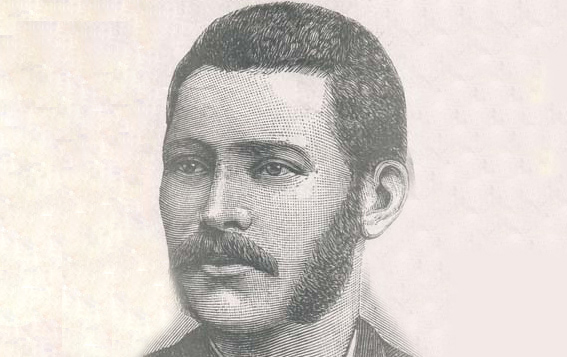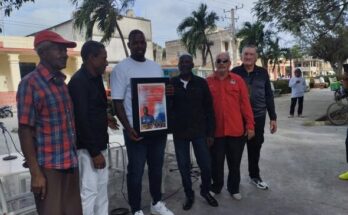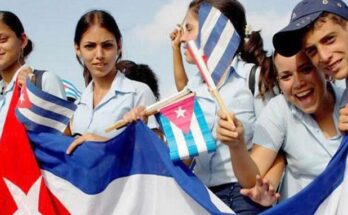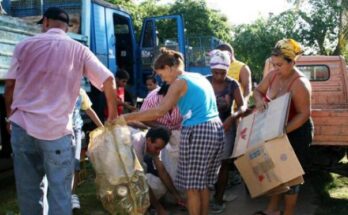Florida, Jul. 5 – José Marcelino Maceo Grajales, an exceptional warrior who demonstrated reckless courage and military genius during the fight for independence against Spanish colonialism, was described by patriot José Miró Argenter as «a tremendous man, courageous to the point of unbelievability, outraged, choleric, fierce and stubborn».
Born on February 2, 1849 in Santiago de Cuba, he mastered the use of the rifle, the handling of the machete as a weapon to defend himself, and became a horseman of great agility and dexterity, which together with the maturity of his thinking influenced him to become a true warrior very soon, and he was the only one of all his brothers who participated in the three independence wars of the 19th century, in which he accumulated an extensive record of services and several scars on his body.
«I live for José», Antonio Maceo used to say about this brave fighter and chief of his escort who accompanied him during the four months of his recovery after being seriously wounded in combat, and whom he always considered one of the bravest men he met in the 10 years of the first war, only equaled by his brother Miguel and Policarpo Pineda, another mambí known as Rustán.
José Maceo concluded the Ten Years’ War with the rank of colonel; he participated in the Baraguá Protest on March 15, 1878, refused to leave the country and the following year he rose up in the named Chiquita War; in 1880 he was confined to the African prisons, from which he escaped twice and managed to move to America to meet with the Bronze Titan in Costa Rica.
José Maceo put an end to his exile to disembark in Duaba, Baracoa, on April 1, 1895, together with General Antonio; after the group dispersed due to an encounter with the Spanish, he made his way alone and pursued by the enemy for more than 10 days, until he found the insurrectionist forces in Guantánamo.
On April 25 Máximo Gómez and José Martí joined the troops of José Maceo, who was defeating the enemy; three days later he was promoted to Major General and on October 20 of that same year he assumed the military leadership of the eastern department until July 5, 1896 when he was seriously wounded and died a few hours later, at the age of 47, in Loma del Gato.
Known as El León De Oriente (The Lion of the East), he defied death in more than 1500 combats, among them, La Indiana, La Galleta, El Jobito, Pinar Redondo, Majaguabo, San Luis, Dos Caminos, Sao del Indio, El Triunfo, Cauto Abajo, Mayarí, Arroyo Hondo, Sagua and Songo; in the first war he participated in 500 military actions and received a bullet wound for each promotion.
After his death in combat at Loma del Gato, General Máximo Gómez wrote on July 20, 1896, in El Cubano Libre: «General José Maceo is dead, and we must discover ourselves as we pass by the tomb of this intrepid patriot, the hero of a hundred battles, and the dear friend who should have been a friend to all of us who love the independence of Cuba».





